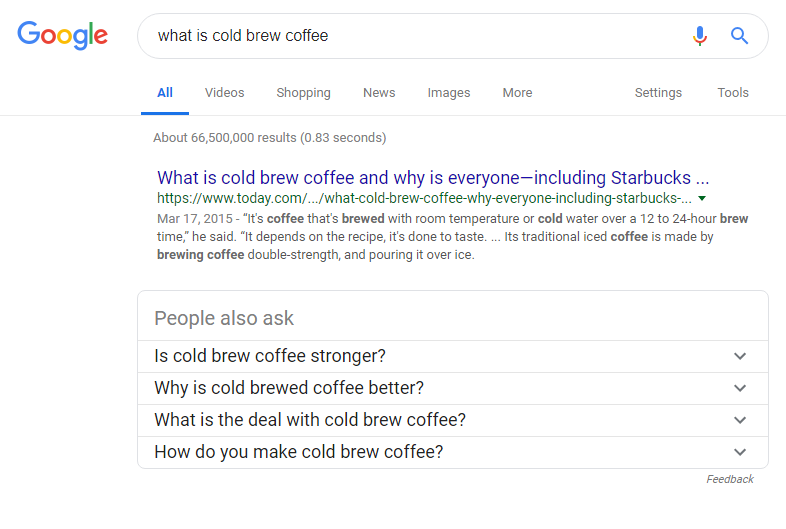Ever since Apple introduced their voice-activated digital assistant, Siri, to the world in 2011, the digital search landscape hasn’t been the same. Soon thereafter, Amazon chimed in with their Echo smart speaker and its assistant, Alexa, and it became clear that voice search was more than just a passing fad. With people regularly speaking into their phones to ask Siri to search for a local restaurant or Alexa to look up a recipe, vocal search is quickly working its way toward mainstream adoption.
For this reason, we included a few strategies you can use right now to get a handle on voice search SEO.
Update Your Google My Business Listing
Why is this so important?
Because voice searches are three times more likely to be local than text searches, it is crucial to have your business profile filled out accurately.
- Proofread Your Contact Details – For example, when someone uses voice search to look for a “Starbucks near me,” Google looks at the user’s location and then refers to the Google My Business listings. If your name, address, and phone number aren’t listed correctly, then all your SEO efforts will be for naught. The last thing you want is for someone to show up after your business closed because your hours aren’t listed correctly.
- Introduction Field – This is where you can sell your business after getting found in voice search. A few well-worded paragraphs in this field will go a long way toward getting those users into your store or business.
- Categories – Pay attention to your categories. Listing ones relevant to your business can make all the difference in how you rank for voice search results.
- Pictures – Some nice, flattering pictures of your establishment will attract more attention and can draw people into your store.
Work with Structured Data
Believe it or not, structured data could determine whether or not Alexa uses your business as a source of information. Structured data, otherwise known as schema markup, has long been important for traditional search because it makes content more easily identifiable. Since Google announced last summer that it would support Schema.org’s ‘Speakable’ specification, it now has strong implications for vocal search and SEO.
In other words, you can now use speakable Schema to pinpoint sections of a webpage or article that are appropriate for audio playback with text-to-speech (TTS). Consequently, these sections, or snippets, are more likely to be captured by search engines to be read out loud by voice assistants or smart speakers. As people grow more accustomed to retrieving information through vocal search, Schema will become a pivotal element for SEO.
Write the Way People Naturally Speak
When people search on their desktop or mobile devices, they usually stick to short phrases or bullet points. For example, if someone was looking for a board game for their child, they might type “best board games for kids” into the search box.
On the other hand, people speak to digital devices as if it’s part of a conversation. Instead, they might ask “Where can I find great board games for kids?” Therefore, you should use more long-tail keywords, approximately three to five words, within your content because they mimic natural speech patterns.
Keeping this in mind, try creating more question and answer-based content. Basically, write the way people search vocally.
Future for Voice Search and SEO
With so much attention and the growing competition surrounding voice-activated devices, marketing professionals and SEO specialists cannot ignore how much voice search optimization will impact brand awareness and customer conversions. Since we are still in the early stages, voice search strategy is bound to change dramatically as we gather more data and insight into how people interact with the technology. Nevertheless, it is abundantly clear that marketers need to alter their SEO strategy to include voice optimization if they want to stay relevant. Start with a few of our tips, and you will be well on your way to taking advantage of this new search medium.





